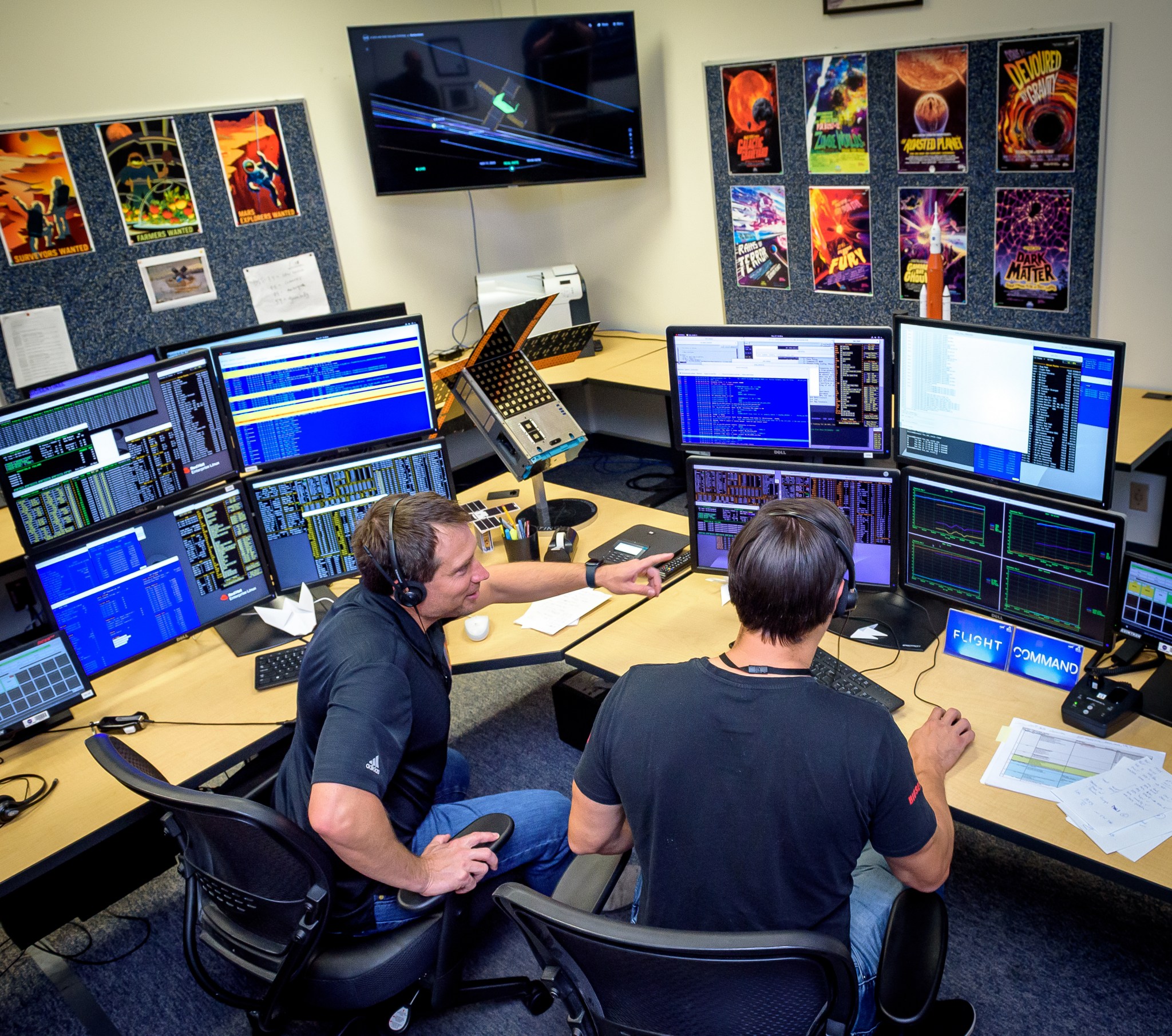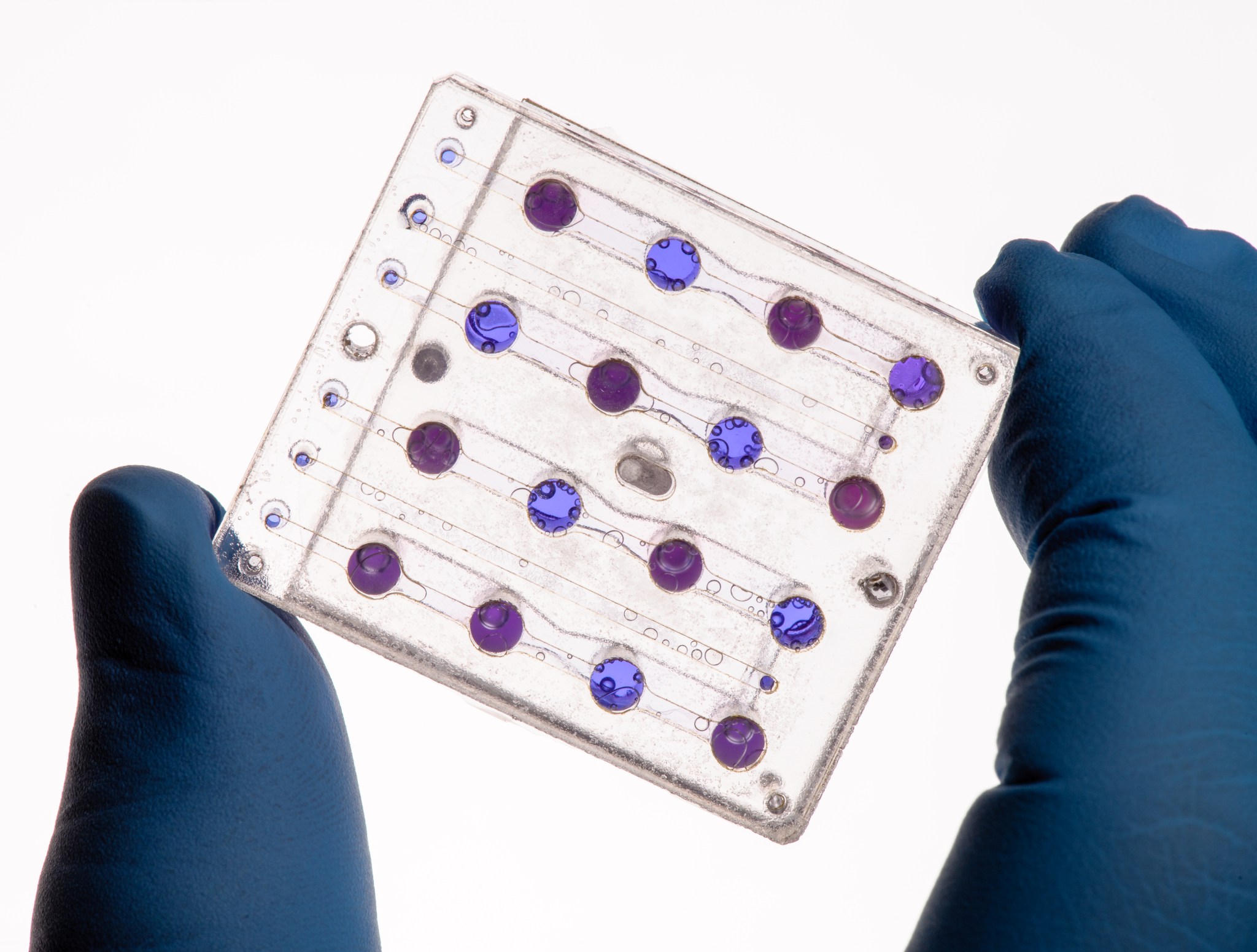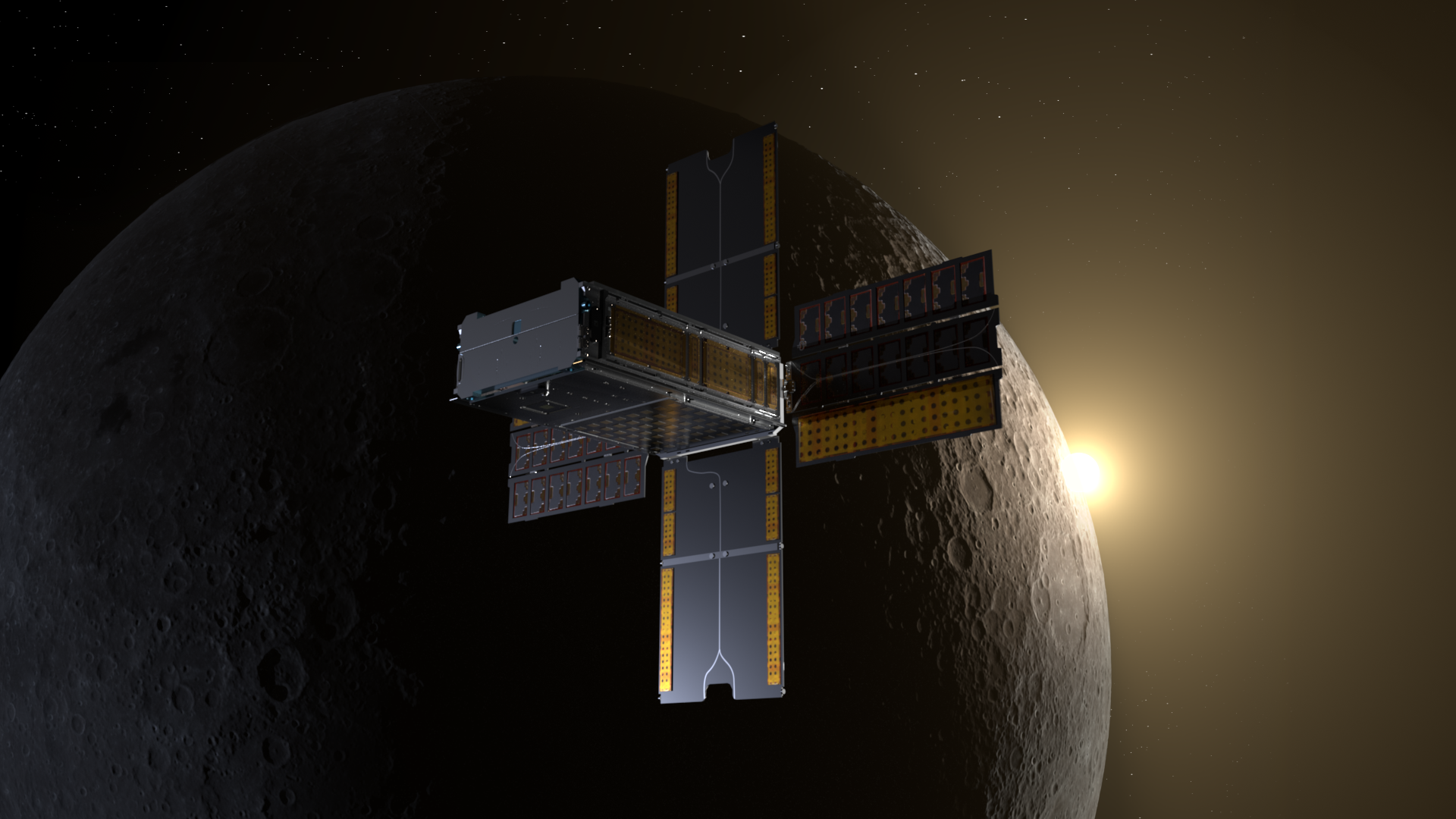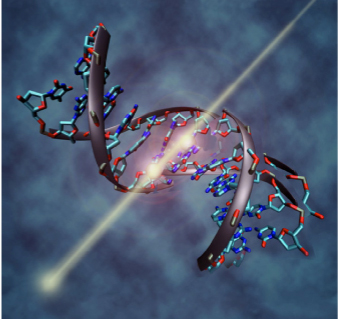Editor’s Note: This article was updated Nov. 21, 2025 shortly after BioSentinel’s mission marked three years of operation in deep space.
Astronauts live in a pretty extreme environment aboard the International Space Station. Orbiting about 250 miles above the Earth in the weightlessness of microgravity, they rely on commercial cargo missions about every two months to deliver new supplies and experiments. And yet, this place is relatively protected in terms of space radiation. The Earth’s magnetic field shields space station crew from much of the radiation that can damage the DNA in our cells and lead to serious health problems. When future astronauts set off on long journeys deeper into space, they will be venturing into more perilous radiation environments and will need substantial protection. With the help of a biology experiment within a small satellite called BioSentinel, scientists at NASA’s Ames Research Center, in California’s Silicon Valley, are taking an early step toward finding solutions.
To learn the basics of what happens to life in space, researchers often use “model organisms” that we understand relatively well. This helps show the differences between what happens in space and on Earth more clearly. For BioSentinel, NASA is using yeast – the very same yeast that makes bread rise and beer brew. In both our cells and yeast cells, the type of high-energy radiation encountered in deep space can cause breaks in the two entwined strands of DNA that carry genetic information. Often, DNA damage can be repaired by cells in a process that is very similar between yeast and humans.
BioSentinel set out to be the first long-duration biology experiment to take place beyond where the space station orbits near Earth. BioSentinel’s spacecraft is one of 10 CubeSats that launched aboard Artemis I, the first flight of the Artemis program’s Space Launch System, NASA’s powerful new rocket. The cereal box-sized satellite traveled to deep space on the rocket then flew past the Moon in a direction to orbit the Sun. Once the satellite was in position beyond our planet’s protective magnetic field, the BioSentinel team triggered a series of experiments remotely, activating two strains of the yeast Saccharomyces cerevisiae to grow in the presence of space radiation. Samples of yeast were activated at different time points throughout the six- to twelve-month mission.
One strain is the yeast commonly found in nature, while the other was selected because it has trouble repairing its DNA. By comparing how the two strains respond to the deep space radiation environment, researchers will learn more about the health risks posed to humans during long-term exploration and be able to develop informed strategies for reducing potential damage.
During the initial phase of the mission, which began in December 2022 and completed in April 2023, the BioSentinel team successfully operated BioSentinel’s BioSensor hardware – a miniature biotechnology laboratory designed to measure how living yeast cells respond to long-term exposure to space radiation – in deep space. The team completed four experiments lasting two-weeks each but did not observe any yeast cell growth. They determined that deep space radiation was not the cause of the inactive yeast cells, but that their lack of growth was likely due to the yeast expiring after extended storage time of the spacecraft ahead of launch.
Although the yeast did not activate as intended to gather observations on the impact of radiation on living yeast cells, BioSentinel’s onboard radiation detector – that measures the type and dose of radiation hitting the spacecraft – continues to collect data in deep space.

NASA has extended BioSentinel’s mission to continue collecting valuable deep space radiation data in the unique, high-radiation environment beyond low Earth orbit.
The Sun has an 11-year cycle, in which solar activity rises and falls in the form of powerful solar flares and giant eruptions called coronal mass ejections. As the solar cycle progresses from maximum to a declining phase, scientists expect strong solar activity to continue through 2026, with some of the strongest storms seen during this declining phase. These events send powerful bursts of energy, magnetic fields, and plasma into space which causes the aurora and can interfere with satellite signals. Solar radiation events from particles accelerated to high speeds can also pose a threat to astronauts in space.
Built on a history of small-satellite biology
The BioSentinel project builds on Ames’ history of carrying out biology studies in space using CubeSats – small satellites built from individual units each about four inches cubed. BioSentinel is a six-unit spacecraft weighing about 30 pounds. It houses the yeast cells in tiny compartments inside microfluidic cards – custom hardware that allows for the controlled flow of extremely small volumes of liquids that will activate and sustain the yeast. Data about radiation levels and the yeast’s growth and metabolism will be collected and stored aboard the spacecraft and then transmitted to the science team back on Earth.
A reserve set of microfluidic cards containing yeast samples will be activated if the satellite encounters a solar particle event, a radiation storm coming from the Sun that is a particularly severe health risk for future deep space explorers.

Multiple BioSentinels will compare various gravity and radiation environments
In addition to the pioneering BioSentinel mission that will traverse the deep space environment, identical experiments take place under different radiation and gravity conditions. One ran on the space station, in microgravity that is similar to deep space, but with comparatively less radiation. Other experiments took place on the ground, for comparison with Earth’s gravity and radiation levels. These additional versions show scientists how to compare Earth and space station-based science experiments – which can be conducted much more readily – to the fierce radiation that future astronauts will encounter in space.
Taken together, the BioSentinel data will be critical for interpreting the effects of space radiation exposure, reducing the risks associated with long-term human exploration, and confirming existing models of the effects of space radiation on living organisms.
Milestones
- December 2021: The BioSentinel ISS Control experiment launched to the International Space Station aboard SpaceX’s 24th commercial resupply services mission.
- January 2022: The BioSentinel ISS Control experiment began science operations aboard the International Space Station.
- February 2022: The BioSentinel ISS Control experiment began ground control science operations at NASA Ames.
- June 2022: The BioSentinel ISS Control experiment completed science operations. The hardware was returned to Earth in August aboard SpaceX’s CRS-25 Dragon.
- October 2022: The BioSentinel ISS Control experiment completed ground control science operations at NASA Ames.
- Nov. 16, 2022: BioSentinel launched to deep space aboard Artemis I.
- Dec. 5, 2022: BioSentinel began science operations in deep space.
- Dec. 19, 2022: BioSentinel began ground control science operations at NASA Ames.
- Nov. 16, 2024: BioSentinel marks two years of continuous radiation observations in deep space, now more than 30 million miles from Earth.
- Nov. 16, 2025: BioSentinel marks three years of continuous radiation observations in deep space, now more than 48 million miles from Earth.
Partners:
- NASA Ames leads the science, hardware design and development of the BioSentinel mission.
- Partner organizations include NASA’s Johnson Space Center in Houston and NASA’s Jet Propulsion Laboratory in Southern California.
- BioSentinel is funded by the Mars Campaign Development (MCO) Division within the Exploration Systems Development Mission Directorate at NASA headquarters in Washington.
- BioSentinel’s extended mission is supported by the Heliophysics Division of NASA’s Science Mission Directorate at NASA headquarters in Washington, the MCO, and the NASA Electronic Parts and Packaging Program within NASA’s Space Technology Mission Directorate at NASA Headquarters in Washington.
Learn more:
- NASA story: NASA’s BioSentinel Studies Solar Radiation as Earth Watches Aurora (Sept. 2024)
- NASA story: NASA Extends BioSentinel’s Mission to Measure Deep Space Radiation, Aug. 2023
- NASA story: First Deep Space Biology Experiment Begins, Follow Along in Real-Time, Dec. 2022
- NASA story: BioSentinel Underway After Successful Lunar Flyby, Nov. 2022
- NASA story: Artemis I to Launch First-of-a-Kind Deep Space Biology Mission, Aug. 2022
- NASA video: Why NASA is Sending Yeast to Deep Space, Feb. 2022
- NASA podcast: “Houston We Have a Podcast,” Deep Space Biology, Jan. 2022
- NASA blog: All Artemis I Secondary Payloads Installed in Rocket’s Orion Stage Adapter, Oct. 2021
- NASA blog; NASA Prepares Three More CubeSat Payloads for Artemis I Mission. Jul. 2021
- NASA story: NASA’s BioSentinel Team Prepares CubeSat For Deep Space Flight, Apr. 2021
- NASA in Silicon Valley podcast episode: Sharmila Bhattacharya on Studying How Biology Changes in Space, Mar. 2018
- NASA story: For Holiday Celebrations and Space Radiation, Yeast is the Key, Dec. 2018
For researchers:
- NASA Space Station Research Explorer: BioSentinel ISS Control Experiment
- NASA technical webpage: BioSentinel
For news media:
- Members of the news media interested in covering this topic should reach out to the NASA Ames newsroom.

























